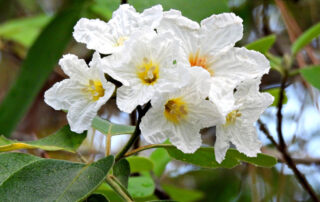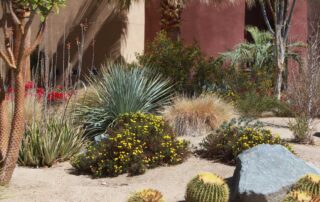Plant Of The Month: Texas Olive (Cordia Boissieri)
This superior shrub or small tree has large, blue-green, leathery leaves and clusters of white flowers up to 2.5 inches wide. It grows 10 to 12 feet high, and spreads to 10 feet wide. […]
Thank A Water Professional!
Safe and reliable water is essential to our daily lives, yet we often don’t think about how this precious resource gets to our tap. It takes a team of people to deliver the water you depend on to cook, clean, bathe, garden and use every day. California celebrates Water Professionals Appreciation Week from October 5 – 13, 2024. The annual event provides an opportunity to thank the devoted water professionals who work to make sure you have water when you need it. […]
Applications Now Being Accepted For Water Counts Academy 2025!
CV Water Counts is gearing up for the ninth course of the Water Counts Academy, designed for community leaders in the Coachella Valley who want to learn about local water resources. This comprehensive course will cover a variety of topics and although subject to change, may include: Course Overview; The History of Water; Groundwater, Streams and Imported Water; Colorado River Water; State Overview, Climate Change; Regional Planning & SGMA; Local Conservation Efforts and Incentives, and Making Conservation in the Coachella Valley A Way of Life; Water Quality & Regulations; [...]
Imagine a Day without Water
Imagine waking up and there’s no water for a shower or to brush your teeth. You can’t wash your hands and forget making a cup of coffee. […]
Landscaping Tip Of The Month: Create A Desert Friendly Garden
Even tough native plants require regular irrigation when they are first planted. It may take up to two summers before they are considered established. Fast-draining soils and frequent drying winds cause new plants to dry out quickly, so be sure to pay special attention to their moisture needs during these times. […]
Celebrate National Indoor Plant Week!
September 16-22, 2024 Welcome to National Indoor Plant Week, a time to embrace the beauty and benefits of indoor greenery! Whether you have a green thumb or are a new plant parent, let’s celebrate the joys of indoor planting this week. […]







